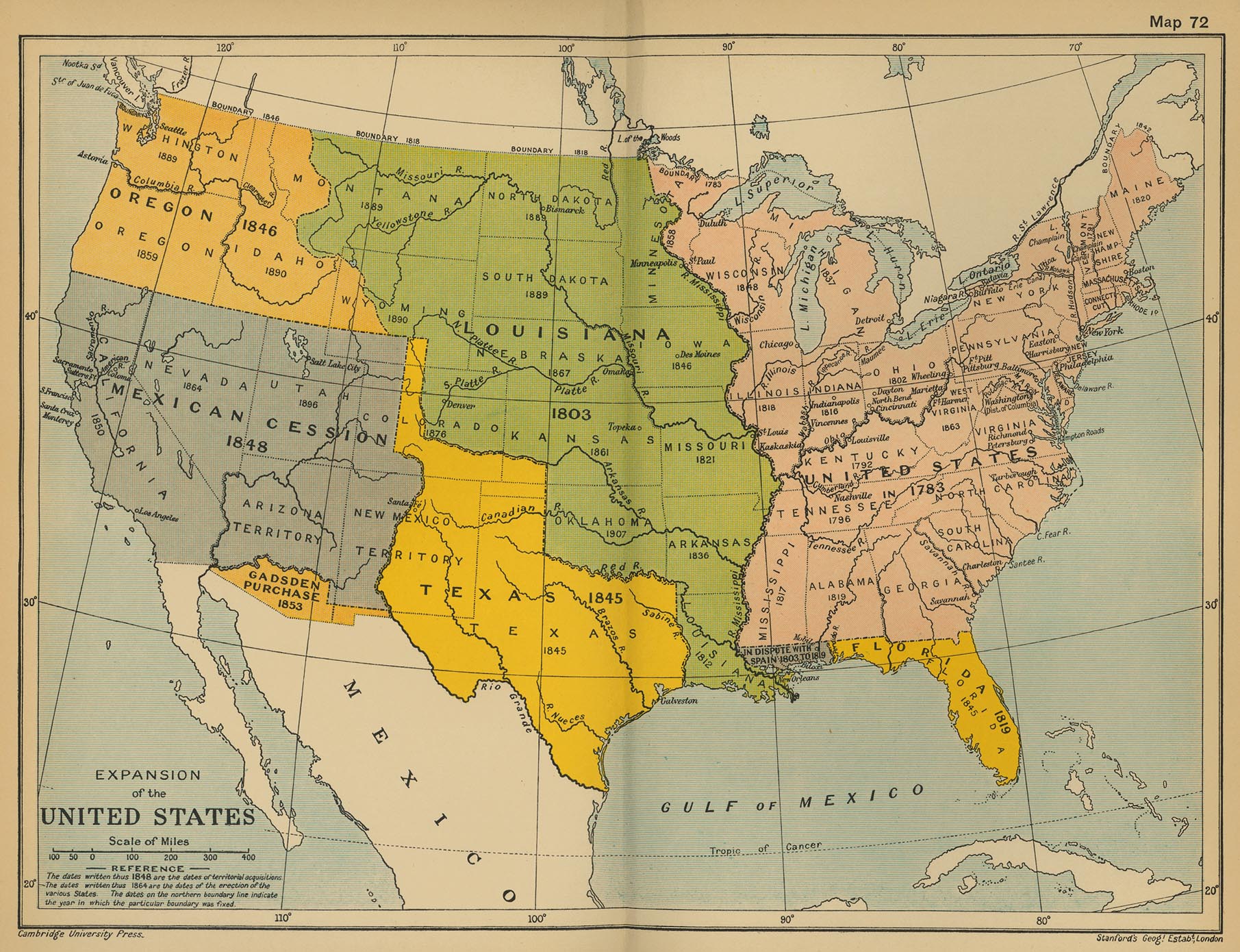Videos: See it in Action
Two kinds of videos show you how to get the most from Zoom In as a teacher.
- Screencasts show you how to monitor and assess student progress using the dashboard
- Instructional Arc videos show you how to support students instructionally at each lesson stage.
Zoom In Screencasts
Watch these short How To videos to make the most of the Teacher Dashboard.
1
Monitoring Student Progress
Learn how to use the notes overview page on your Teacher's dashboard to monitor student progress and keep the pace of your lessons moving smoothly.
2
Assessing Student Notes
Learn how to assess and provide feedback on the notes that students record as they read documents. Get tips on which notes to assess and how to use them to inform instructional decisions.
3
Assess Student Writing
Watch this screencast to learn how to use the Zoom In backend to provide students with formative feedback they can use to revise their drafts.
Zoom In Instructional Arc
Each Zoom In lesson follows a 5-part instructional arc. In these videos, social studies specialist Valentine Burr and 3 NYC teachers demonstrate effective strategies for guiding students at each phase of historical inquiry.
1
The Hook
Use the Hook document to launch each inquiry, in a teacher-led mini-lesson. Watch this video to see how a teacher uses the Hook to engage students with the focal historical question.
2
Context
Continue your mini-lesson with three to four Context slides, which provide the historical background that students need to succeed in each unit. We recommend a brief “interactive lecture” that helps students absorb the context, but doesn’t get bogged down in too much teaching.
3
Documents (Part I)
Under the Documents tab, students read the lesson's core documents independently, using on-screen prompts that guide their comprehension. Watch this video to see how these same prompts can help you model effective reading strategies.
4
Documents (Part 2)
Also under Documents, students gather evidence from each source and summarize its “Big Idea.” Watch this video to see how classroom discussions of Big Ideas and evidence help you assess students’ comprehension and adjust instruction.
5
Connect
After students finish reading a lesson's documents, it's time to synthesize what students have learned across the documents and connect those ideas to the lesson question. The Connect tab helps you facilitate a whole-class discussion and prepare students to begin drafting their essay.
6
Writing
Writing an essay is often the toughest hurdle students face. Zoom In’s interactive writing templates help students write a clear thesis, and select and explain the evidence that supports their thinking. This video shows your role in preparing students to write with Zoom In, and in monitoring and supporting them during writing.
